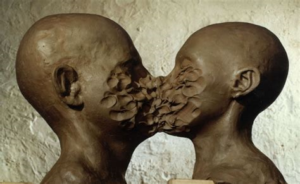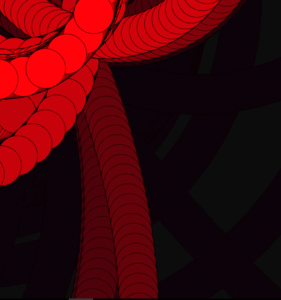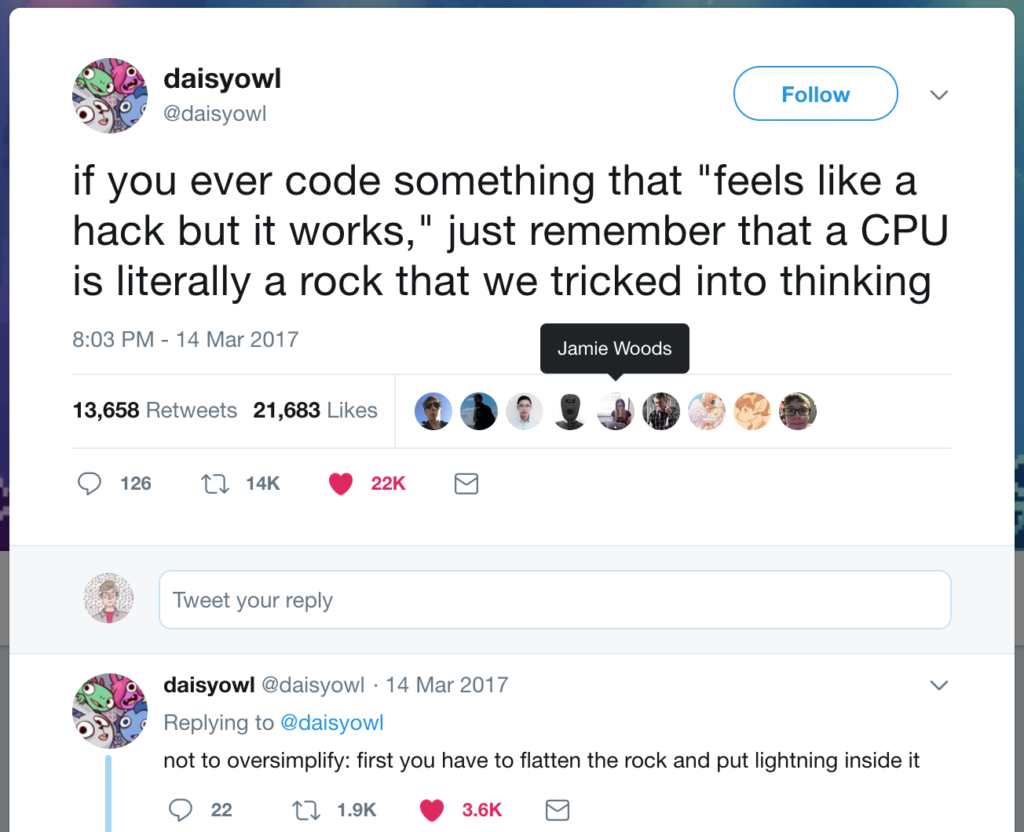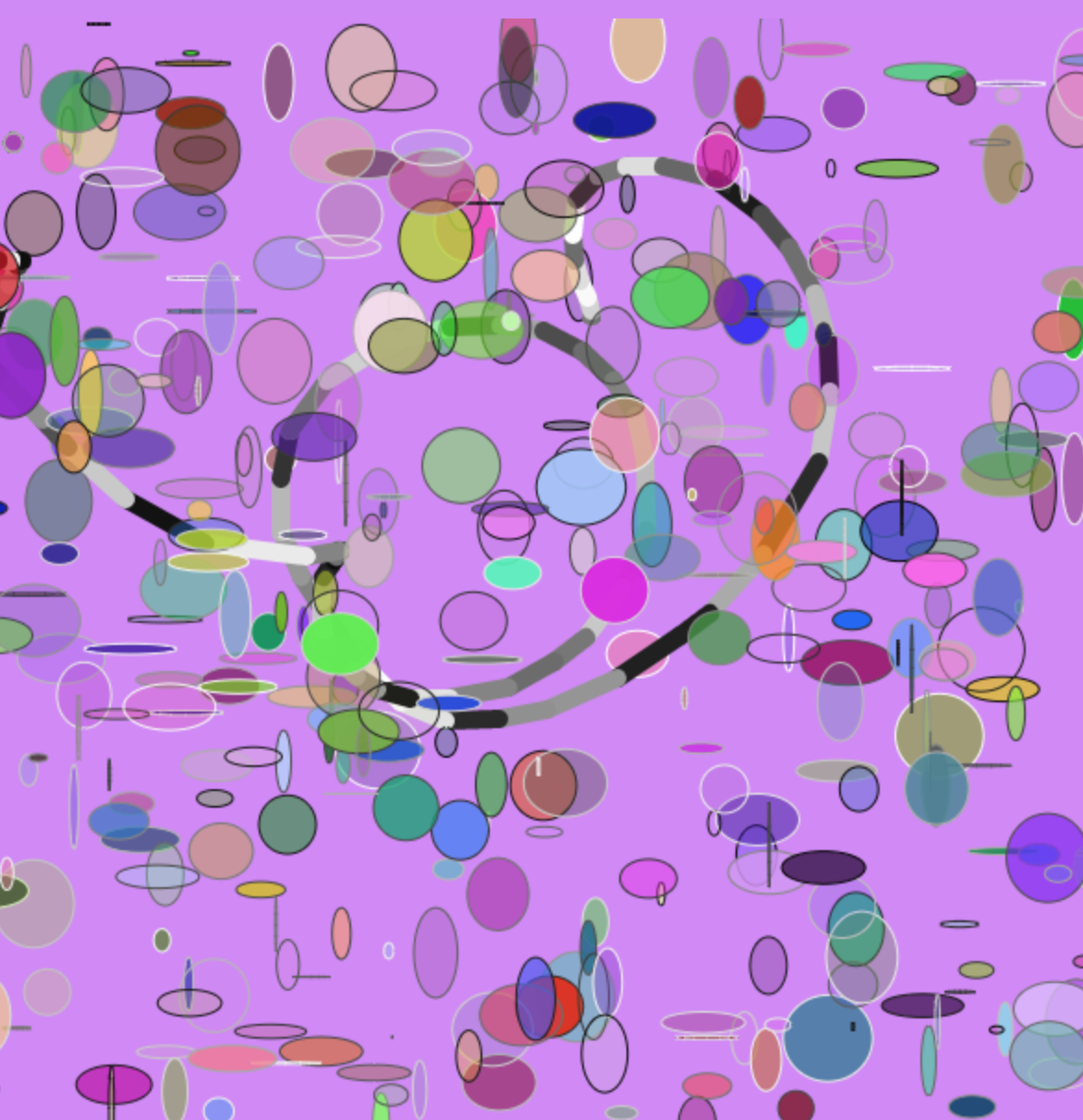For this project, I decided to focus on Jan Švankmajer, a surrealist Czech animator, filmmaker, and director who is probably best known for his stop-motion animation, in which he brings inanimate objects to life. His work consists of dark recreations of celebrated stories, as he brings his own fantastical twist on various tales. His story begins in the 1950s, where he went to school in Prague and studied puppetry and later, worked in a marionette theater which inspired him to enter the world of filmmaking. This is where Švankmajer really shined, when he fused his traditional puppetry with animation to bring his signature dark tones to the films he created. One of his first films, Něco z Alenky (Alice) in 1988, was inspired by Alice’s Adventures in Wonderland. Alice was a brilliant take on Lewis Carroll’s famous novel, as Švankmajer mixed his skills of puppetry and animation to produce an innocent, yet foreboding variation on the story.

Working in Czechoslovakia in the 1960s, Švankmajer did not have close to the amount of freedom that artists do today with their works. The Soviet Union led an invasion into the country in 1968, which later resulted in limitations in Švankmajer’s works. Many of his films were banned by the Communist government because of their capabilities of undermining Czechoslovakian society. One of these was Leonardo’s Diary (1972), which portrayed life in the country in an abrasive manner – Švankmajer was then banned for five years. Another was the Castle of Otranto (1977-1990), which the government though could subvert people’s faith in the news. Švankmajer was then banned for eight years. Were it not for theses obstacles in his life, Švankmajer would likely have been recognized much earlier.

Some would say the pinnacle of Švankmajer’s career was Možnosti dialogu (Dimensions of Dialogue) in 1982, a short film in part created with Claymation. The film itself is split up into three parts, each one detailing objects brought to life with the wonders of stop motion. Sense of Cinema described this film as “…instructional that it is everyday objects that are confronted, devoured, spat out and homogenized, through a series of metaphors of colonization, to an endless repetition of cloning operations. This is our digital world laid out in 1982.” Švankmajer’s films are always up for interpretation, but one theme present throughout this one is his use of almost disturbing humor and an unsettling atmosphere. These are just a few of the works that reveal Švankmajer’s character and speak to his creations.
Some more information about him:
https://www.theguardian.com/film/2011/dec/05/jan-svankmajer-puppets-politics
Dimensions of Dialogue:





